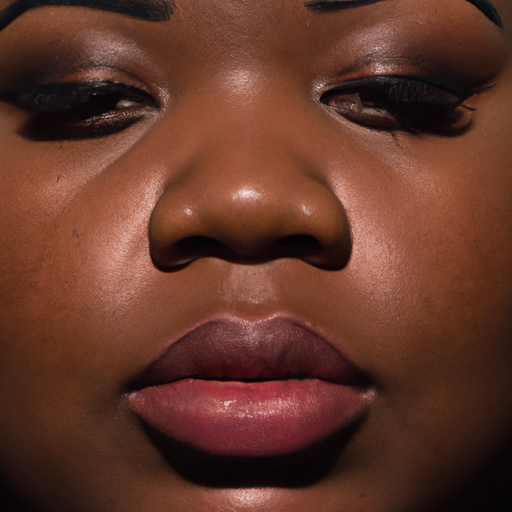As a skincare expert, I can attest that understanding your skin’s needs is paramount to achieving a healthy, radiant complexion. One of the most common misconceptions I encounter is the confusion between the terms ‘moisture’ and ‘hydration’ when it comes to skincare. While they may seem synonymous, they refer to two distinct aspects of skin health. Let’s decode your skin’s thirst by understanding the difference between moisture and hydration needs.
Hydration refers to the water content within the cells that keeps them plump and bouncy, resulting in a radiant and youthful complexion. Dehydrated skin often appears dull, with fine lines and wrinkles more noticeable. It’s a condition that affects all skin types and is caused by factors such as diet, environment, incorrect product use, and not drinking enough water.
On the other hand, moisture refers to the oil content of your skin. It is responsible for sealing in the hydration and protecting the skin from environmental aggressors. Without adequate moisture, your skin can become dry, flaky, and prone to irritation. Unlike dehydration, which is a skin condition, dryness is a skin type characterized by a lack of oil production.
Understanding these differences is crucial in addressing your skin’s specific needs. If your skin lacks hydration, it needs water-rich products that can deliver hydration deep into the cells. Ingredients like hyaluronic acid, aloe vera, and glycerin are excellent for boosting hydration levels. They attract water to the cells and help retain it for longer periods.
If your skin lacks moisture, you need products that replenish the skin’s lipid barrier to seal in hydration and protect from environmental damage. Look for ingredients like ceramides, fatty acids, and oils like jojoba or argan oil that mimic your skin’s natural sebum.
It’s also important to note that your skin can be dehydrated and dry at the same time. This is often the case in harsh winter months or arid climates, where low humidity levels can strip both water and oil from your skin. In such cases, a balanced skincare routine that addresses both hydration and moisture needs is essential.
Start with a gentle cleanser that won’t strip your skin’s natural oils, followed by a hydrating toner to replenish water content. Next, apply a serum rich in hyaluronic acid to deliver deep hydration. Lock it all in with a moisturizer rich in ceramides or oils to seal in hydration and protect your skin.
Remember, your skin’s needs can change based on various factors like weather, diet, stress, and age. It’s essential to regularly assess your skin’s condition and adjust your skincare routine accordingly. For instance, you might need to switch to a richer moisturizer during winter or add a hydrating serum into your routine during summer.
In conclusion, understanding the difference between moisture and hydration is key to decoding your skin’s thirst. By identifying whether your skin is dehydrated, dry, or both, you can select the right products to restore balance, resulting in a healthier and more radiant complexion. Remember, achieving great skin is not about following trends but about understanding and addressing your skin’s specific needs.



